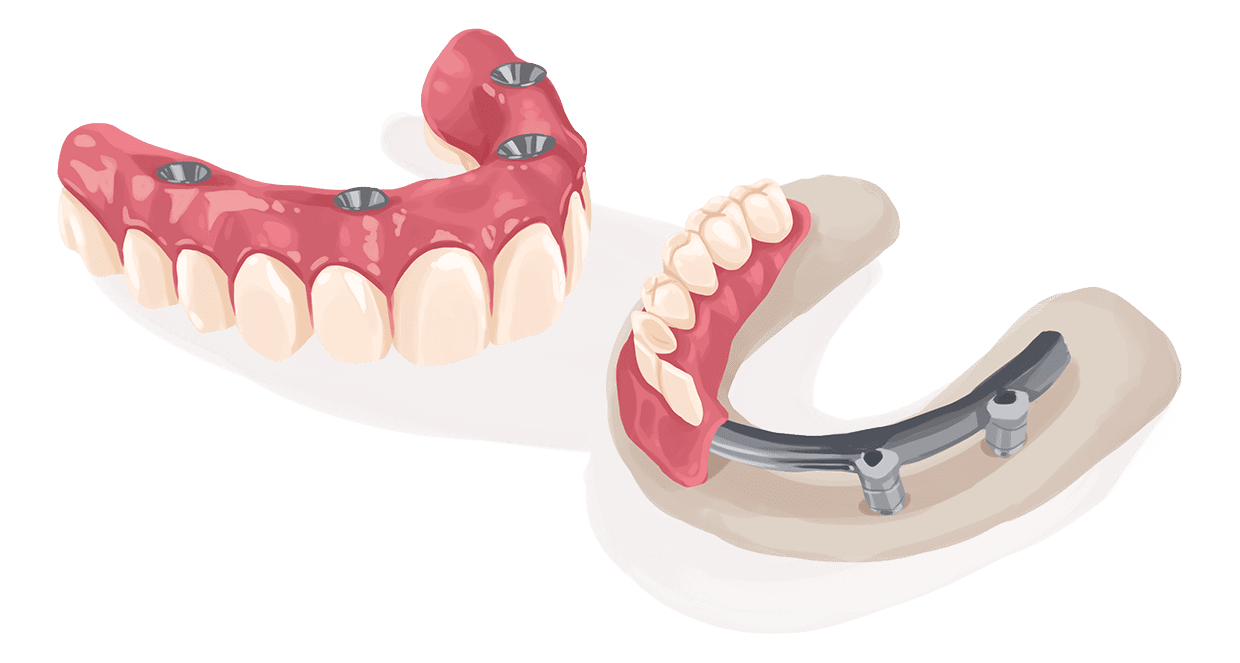Some people may have perfectly healthy teeth that happen to be slightly crooked or stained. Would fixing it be a cosmetic or an aesthetic procedure?
These adjectives seem to be thrown around often and interchangeably. And the two fields of dentistry they describe are easy to confuse. Both deal with the teeth and what a person looks like, but what is the difference, exactly?
In this article, we will understand the difference between cosmetic and aesthetic dentistry and will help you make informed decisions about your dental needs.
Aesthetic vs. cosmetic dentistry
One way that helps understand the distinction in the meaning of the two words is by looking at their etymology. Both have origins in Greek.
“Cosmetic” is derived from the word “kosmētikos”, or, something that is used to “arrange or adorn”. The word conveys a sense of decorating. It implies something that is not natural but man-made.
That is exactly what cosmetic dentistry is. It is the enhancement of the smile that can bring about an effect that does not normally occur. Such procedures do not serve to improve one’s health but solely the appearance. Examples include bleach white veneers or zirconia gems.
The word “aesthetic” derives from the Greek “aisthētikos”, which defines things that can be detected. It is best interpreted as things we “see in nature”. As regards dentistry, these procedures aim to bring about the most authentic-looking result.
They are focused on finding harmony and balance within the mouth and face, and often carry a practical use. Priority is set on fixing a problem or bringing back functionality, not what is seen in magazines.
The most popular aesthetic procedures
It would look rather unattractive to walk around with dark cavities and gum disease. That’s why most procedures at the dental office can be considered aesthetic. You can read about some popular techniques below.
Orthodontic treatment
A primitive form of orthodontics has already existed over 3,000 years ago. Since then, of course, the craft has been perfected and can be performed much more accurately and safely. It deals with changing the placement, angle, or rotation of teeth.
The following are the most common orthodontic issues:
- crooked teeth,
- teeth that do not fit together correctly,
- an overbite, sometimes called “buck teeth”,
- an underbite,
- a crossbite,
- an open bite (spacing between teeth when the molars are touching),
- a misplaced midline (asymmetry of the upper and lower incisors),
- spacing, and
- crowding.
These can pose bigger challenges than a less-than-desirable appearance. When teeth are not placed optimally they create spaces that are harder to clean. This often leads to cavities and gum disease. Moreover, when they press against each other the patient may experience headaches, TMJ, as well as shoulder, neck, and back pain.
How does orthodontics work? Force is applied to teeth in a controlled manner in order to achieve carefully planned results. There are different methods, the most popular of which are traditional braces and clear aligners.

Crowns & bridges
Crowns are caps mounted on the remainder of the tooth or a dental implant. The reasons for getting one include covering other treatment (such as a root canal), supporting a weakened tooth, or simply improving aesthetics.
The practical functions of crowns include:
- structural support,
- keeping other teeth from shifting,
- bone absorption, and
- simplifying dental hygiene.
They are one of the most durable restorative options when natural dentition is damaged. On the downside, though, crowns are quite expensive, time-consuming, and complicated to place.
When a tooth is missing caps can be used to support a dental bridge. Two or more are bonded together over a gap, restoring the bite. Entire arches can be replaced with bridges to give patients back the functions of eating, talking, and smiling normally.
Implants
Dental implants are artificial (usually titanium or zirconia) rods surgically mounted in the jawbone. They help prevent bone retention in addition to replacing missing teeth and restoring their function.
This is one of the most expensive procedures at the dental office. The process can also take a long time. If there is not enough bone to support the implant in the first place, you might need grafting. This can include months of healing.
But that is the price for the most durable solution for tooth replacement out there. Implants last for up to thirty years and may be treated by the patient as if they were their natural teeth. This means no diet, special cleaning products, or adjustments.
Moreover, dental implants can be more than just replacement of a single tooth. They can support partial or full bridges, or even entire dentures. This all depends on whether the patient is a candidate, of course.
A popular technique is the All-On-Four method. It involves supporting a full arch on four rods. It has been around since the 1970s, and provides the patient with complete flexibility. Depending on how your schedule is, you can even have the whole procedure performed in 24 hours.
The G4 solution by Golpa is an improvement on the Ao4. It’s a permanent restoration on four titanium rods, all in one day. You can have one or both arches done and they are fully customized to suit your appearance. Dr Golpa’s practice has accumulated the most experienced surgeons and there are thousands of satisfied customers.
Which treatment should you choose between aesthetic vs. cosmetic dentistry?

Both fields of dentistry, cosmetic and aesthetic, offer a wide spectrum of treatments. In this article we have only touched the surface. The question is, what is most important to you? What are your dental issues? How would you like to fix them?
In the case of multiple missing teeth, badly damaged dentition, or discomfort from wearing a denture, the G4 implants may be the perfect choice. They are a sturdy, durable solution for the entire mouth. All this in twenty four hours, in one location. Prices start at $16,500. Schedule a consultation today to find out more.